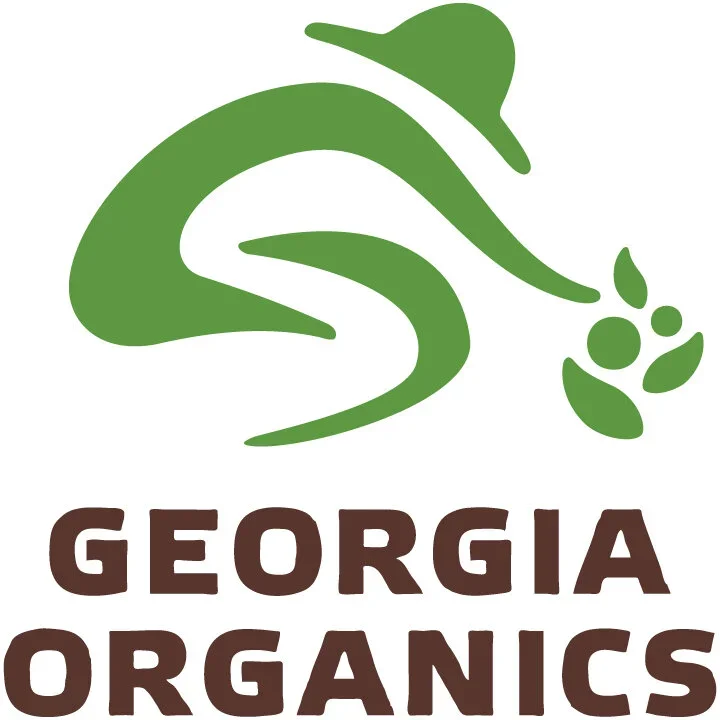Project Overview
Consultation for State Partner – Community and Collective Impact
Client: Georgia Organics | Farmer Coalition, Atlanta, Georgia (Member-supported, non-profit organization)
Strategic support to the Farmer Coalition in developing and disseminating their annual community and collective impact report, aligning organizational priorities with data-driven insights and fostering equitable resource distribution across communities.
Key Objectives
Community Impact & Equity
Analyze statewide health and food access data to identify gaps and inequities.
Develop visual impact maps linking partner resources to community outcomes.
Support the organization’s racial equity and justice mission through actionable insights.
Strategic Reporting
Produce a comprehensive report to communicate community and collective impact.
Inform partners’ resource allocation and programmatic strategies.
Approach & Methodology
Stakeholder Engagement: Facilitated health equity training sessions for internal and external stakeholders, including community-based organizations, school partners, state agency employees, and farmers.
Data-Informed Mapping: Integrated multiple data sources—statewide health outcomes, school lunch participation, partner resource allocation, and proximity to local farms—to create multi-layered visualizations.
Report Development: Synthesized findings into a comprehensive annual report, highlighting areas of greatest need and opportunities for equitable interventions.
Key Deliverables & Outputs
Community and Collective Impact Report
Multi-layered Impact Maps
Health equity training sessions for internal and external stakeholders
Skills & Expertise Applied
Health Equity & Facilitation: Led interactive sessions to build awareness and actionable insights across diverse stakeholders.
Data Analysis & Visualization: Created multi-layered maps to translate complex data into clear, actionable insights.
Strategic Communication: Developed reports and visual tools to guide resource allocation decisions.
Stakeholder Coordination: Engaged multiple partner types to ensure equitable representation and input.Data-Informed Mapping: Integrated multiple data sources—statewide health outcomes, school lunch participation, partner resource allocation, and proximity to local farms—to create multi-layered visualizations.
Impact & Results
Identified areas with greatest need for access to fresh fruits and vegetables, guiding equitable resource distribution.
Data-driven insights informed the annual impact report, strengthening organizational alignment with racial equity and justice priorities.
Increased partner understanding of equity-focused strategies, fostering more inclusive decision-making.

